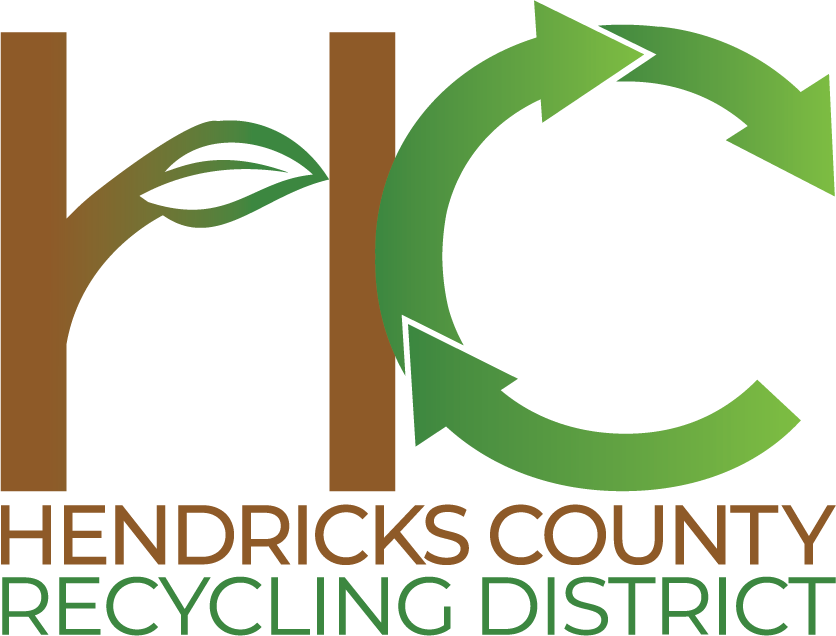It’s an everyday habit. You throw stuff “away” without giving it a second thought—many of us do. Toss it and forget it. It’s just one of those no-brainers. Today, we are asking that you take a moment to think about that trash. Where does it go? What happens to it? Does it stay nearby or go far, far away?
Why Does It Matter?
Well frankly it matters…a lot. As in, hundreds of thousands of tons of “matters.” If you live or work in Hendricks County, your trash stays here in the community at the Twin Bridges Recycling and Disposal Facility (RDF). Your little bags of trash plus your neighbors’ little bags of trash and their neighbors’ bags of trash really do add up. In fact, the Twin Bridges RDF accepts more than 700,000 tons of trash annually. Today it has an estimated lifespan of about 30 more years (at current disposal rates). And even though increased recycling has helped to decrease the tonnage making its way to final disposal, there are still things that can’t be recycled, reused or composted. That’s where a modern, well-run landfill is necessary.
What Should You Do?
Go and see it for yourself. If you are able, tour the landfill in person. If that’s not an option, check the latest video as part of our 365 Every Day Counts campaign; you can find it on our website. In this month’s Neighborhood Spotlight we take a trip to the Twin Bridges RDF to learn how the landfill is constructed, what comes across the scales and how the waste is managed.
The landfill is built and operated with the community’s health and safety in mind. Waste Management, the company that owns and operates the landfill, has also invested a lot of resources into capturing the methane gas produced by the decomposing waste and converting it into electricity. In fact, last month the fourth gas-to-energy plant was brought online at the facility. The site now produces enough energy to power 14,000 homes.
Dig Deeper.
If you haven’t yet considered the 3 R’s (Reduce, Reuse and Recycle), try out at least one of them. You will be amazed at the impact you can make on the amount of trash you send to the landfill.
· Reduce – Watch the packaging on products you buy on a regular basis. When possible buy products with packaging that can be reused or recycled.
· Reuse – Try a reusable water bottle or coffee cup or pack your lunch with reusable containers.
· Recycle – If you want to start small, start with paper. Paper and paper products take up the most space in the landfill and are very recyclable.
Next Edition…
Next time we’ll learn more about the kinds of wastes that are found in the landfill and what we can do to keep them from ending up there. Stay tuned!

